Title: Mona Lisa
Year: c. 1503-1505, continued until c. 1517
Size: 77 x 53 cm
Medium: Oil on poplar panel
Location: Louvre Museum, Paris
Mona Lisa captures the imagination of millions, leaving many curious about the mystery behind her smile.
Painted by Leonardo da Vinci, this masterpiece is known as one of the world’s most famous works of art, intriguing art enthusiasts and experts alike.
You will delve into the painting’s fascinating history, learn how her smile captivates audiences, and discover why her allure has endured.
Leonardo da Vinci’s Mona Lisa is more than just a painting; it has become an icon, fascinating people across different cultures and generations. Beyond its artistic significance, questions about who the Mona Lisa was and her life circumstances linger.
Understanding why the Mona Lisa remains a subject of immense intrigue requires exploring its influence on art and pop culture. Her enigmatic presence inspires creative minds, whether through movies like “Mona Lisa Smile” or various reinterpretations in modern media.
Mona Lisa: Historical Context
The Mona Lisa, painted by Leonardo da Vinci during the Renaissance, is renowned for its subject’s mysterious smile and historical significance. Understanding the period and the artist’s influences helps to appreciate why this artwork has remained a cultural icon.
The Renaissance Period
The Renaissance was a European cultural movement that began in Italy in the 14th century and lasted until the 17th century.
This period marks a revival of interest in classical art, literature, and learning. It was a time of great creativity and innovation, evident in the works of artists, scientists, and thinkers.
During this era, the development of techniques such as perspective and chiaroscuro brought depth and realism to art.
These advancements allowed paintings like the Mona Lisa to achieve remarkable lifelike qualities.
The Renaissance’s emphasis on humanism shifted the focus of art toward the human figure and expression, contributing to the enduring intrigue of the Mona Lisa’s smile.
This painting, now displayed at the Louvre, is celebrated for reflecting these emerging ideas and techniques.
Who Created the Mona Lisa?
Leonardo da Vinci, who painted the Mona Lisa, was a quintessential Renaissance man who contributed to art, science, engineering, and anatomy.
Born in 1452 in Italy, he was the illegitimate son of a notary and a peasant woman. His talents were evident from a young age, and he apprenticed under the artist Verrocchio in Florence.
Da Vinci’s diverse knowledge influenced his artwork significantly.
His skill in anatomy allowed him to depict the human form with precision, as seen in the Mona Lisa‘s lifelike features.
His interest in optics and the study of light contributed to the painting’s enigmatic quality.
Leonardo’s sfumato technique, characterized by soft transitions between colors and tones, is prominent in this piece, enhancing the subject’s mysterious smile.
His innovative approaches have cemented his legacy as one of history’s greatest artists.
Where Was the Mona Lisa Painted?
The Mona Lisa, an iconic painting by Leonardo da Vinci, remains mysterious not only because of its enigmatic subject but also its origins, as most art historians believe it was completed between 1503 and 1517 in Florence, Italy, while recent studies suggest that the background landscape may offer clues about its actual location.
A geologist named Ann Pizzorusso has proposed that the recognizable features in the background of the Mona Lisa correspond to the area around Lecco, a town situated on the shores of Lake Como.
This theory adds a fascinating layer to the painting’s history, suggesting that the natural beauty of the Italian landscape influenced Leonardo’s work.
While the exact location remains a topic of debate, it is widely accepted that the Mona Lisa was painted in Florence, a hub of Renaissance art and culture. Today, the Mona Lisa is housed in the Louvre Museum in Paris, which continues to captivate millions of visitors annually.
Description of the Painting
The Mona Lisa, painted by Leonardo da Vinci, is often recognized for its serene beauty and enigmatic smile. This artwork shows a woman in a harmonious setting and showcases Da Vinci’s masterful techniques.
Visual Analysis of the Artwork
The painting is a portrait of a woman named Lisa del Gherardini. She is seated against a backdrop of an imaginary landscape, which adds depth to the background.
Her gaze captures the viewer’s attention, creating a direct connection. Her smile, the most famous feature, has intrigued many for centuries due to its mysterious nature.
Her relaxed pose and delicately folded hands add to the portrait’s elegance.
Behind her, a winding path and serene water bodies are visible, creating a dreamlike atmosphere.
Details like her veil and curls reflect Leonardo’s attention to realism. The harmonious color palette and soft transitions between light and shadow enhance the portrait’s lifelike appearance, making the Mona Lisa painting a masterpiece of its time.
Sfumato, Composition, and Chiaroscuro Techniques
Leonardo da Vinci employed several innovative techniques in creating the Mona Lisa.
One such technique, sfumato, involves subtly blending colors and tones, creating a smoky effect without harsh lines.
This can be seen in the transitions on her face, particularly around the eyes and mouth. This technique contributed to the mysterious allure of the Mona Lisa smile.
The composition is meticulously balanced. The figure of the Mona Lisa is positioned in the foreground, framed by a rustic background.
Using geometric shapes, like the triangle formed by her arms and head, adds stability to the composition.
Leonardo also applied chiaroscuro, which uses strong contrasts between light and dark, to give the Mona Lisa portrait a three-dimensional quality.
Together, these methods result in a harmonious and natural portrayal, demonstrating Leonardo’s skill in capturing the complexities of human expression.
Theories and Interpretations of Mona Lisa
Leonardo da Vinci’s Mona Lisa remains a subject of fascination and mystery. Two critical areas of interest are the subject’s enigmatic expression and the symbolism within the painting. Each aspect offers a glimpse into the genius behind this famous masterpiece.
Various interpretations of the subject’s expression
The Mona Lisa’s smile is one of art’s greatest enigmas.
Some believe this expression represents contentment or an inner serenity, while others see it as ambiguous, changing as one views it from different angles.
This ambiguity contributes to the painting’s allure and has led many to ponder its true meaning.
Leonardo’s skillful use of sfumato, a technique blending tones and colors, adds to the complexity of her smile.
This technique creates a soft transition between colors and edging, which enhances the mysterious nature of the painting.
The Mona Lisa continues to captivate audiences drawn to its ever-changing expression.
Symbolism in the painting
The Mona Lisa, Lisa Gherardini’s painting, holds numerous symbolic elements.
The distant landscape behind her represents the connection between humanity and nature. Her clothing and serene posture suggest Leonardo’s interest in balancing human emotion and intellect.
Experts also examine the symbolism in her gaze. She appears to follow viewers, suggesting an eternal presence that surpasses time.
This aspect of the painting highlights Leonardo’s aim to capture more than just a physical likeness.
Cultural Impact
The Mona Lisa has significantly influenced popular culture and media forms such as literature and film. Her mysterious smile and iconic gaze have made her an enduring symbol throughout global history.
The Mona Lisa in Popular Culture
Throughout the 20th and 21st centuries, the Leonardo Mona Lisa has transcended her original status as a masterpiece to become a cultural icon.
This transformation is evident in how she has inspired and appeared in various forms of entertainment. Notable examples include her presence in music videos, such as Beyoncé and Jay-Z’s 2018 release, which featured her prominently in the Louvre setting.
The Mona Lisa has also been interpreted in various art movements and media forms, showcasing her ongoing relevance.
Her influence extends beyond the art world. She has appeared in marketing campaigns, parodies, and memes, often used to evoke humor or critique societal norms.
These diverse portrayals highlight her ability to connect with modern audiences while maintaining her classic allure.
References in Literature, Film, and Media
Literature and films have frequently referenced the Mona Lisa, underlining her enigmatic quality.
Her 1911 theft and subsequent recovery heightened her fame, inspiring stories and documentaries. During the French Revolution and World War II, La Joconde’s safety was prioritized, emphasizing her cultural importance.
Napoleon’s admiration for the painting, leading him to hang it in his bedroom, demonstrates its longstanding allure.
In contemporary times, books and films often incorporate her as a symbol of mystery and intrigue, further solidifying her role as a figure of fascination across different media mediums.
Notable Exhibitions and Tours
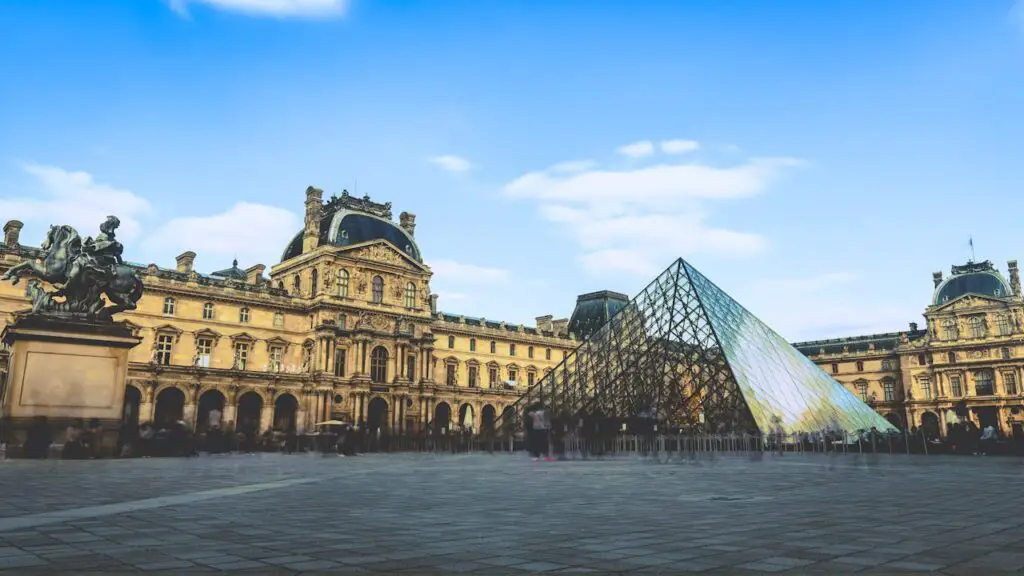
Louvre Museum, Paris
The Mona Lisa is perhaps the most famous painting in history. It has been displayed in various exhibitions worldwide and is housed in the Louvre Museum in Paris, which draws thousands of visitors daily.
History of the Painting’s Exhibitions
The Mona Lisa has traveled globally, captivating audiences far beyond France.
One of its most notable early exhibitions was in 1963 when it visited the Metropolitan Museum of Art in New York. In just two months, this event attracted more than a million visitors.
1974, the painting was showcased in Tokyo and Moscow, solidifying its status as a global cultural icon.
Each exhibition required meticulous planning to ensure the artwork’s safety, involving advanced protective measures.
In Paris, the Mona Lisa became the centerpiece of various exhibitions, consistently drawing millions of admirers. This remarkable journey through time and place highlights its enduring significance in art history.
Current Location and Accessibility
Today, the Mona Lisa resides in the Louvre Museum in Paris.
It is housed in the Salle des États, a room designed to accommodate large crowds. The painting is safeguarded behind protective glass, a measure necessary to preserve this masterpiece.
Visitors looking to see the Mona Lisa can expect to navigate through the bustling halls of the Louvre. Skip-the-line tickets are advisable for a more streamlined experience and to avoid the long queues.
The museum leverages modern technologies, such as infrared technology, to study and maintain the painting, ensuring it remains in excellent condition for future generations.
This combination of innovative preservation and accessibility allows art enthusiasts to appreciate the Mona Lisa up close while protecting its legacy.
Restorations and Conservation of Mona Lisa
One of the world’s most iconic paintings, the Mona Lisa, is the subject of ongoing efforts to preserve its condition. Due to its age and the materials used to create the masterpiece, these efforts face several challenges.
Overview of restoration efforts
Restoration efforts for the Mona Lisa focus on the painting and its frame. Specialists clean the surface to remove dirt and grime without damaging the original image. Techniques include chemical and mechanical cleaning. These cautiously address layers of dirt accumulated over centuries.
The frame is equally important. The original poplar wood frame has experienced warping over time. Conservators have taken measures to stabilize the frame, ensuring it continues to support the painting. Efforts also involve applying protective layers to shield the artwork from environmental factors.
Challenges in preserving the artwork
Professionals face numerous challenges in preserving the Mona Lisa.
The aged materials pose significant concerns, as they are susceptible to deterioration. Environmental conditions such as humidity and light exposure also threaten the painting’s longevity. Acid attacks and other intentional damages have heightened security and intervention measures.
Balancing preservation with maintaining the artwork’s authenticity is crucial.
Restorers aim to minimize interventions to retain the original appearance while preventing further damage. This delicate balance demands a deep understanding of Leonardo da Vinci’s materials and techniques.
Famous Forgeries and Replicas
The Leonardo Mona Lisa is one of art history’s most replicated and forged paintings. These replicas and forgeries have fascinated art enthusiasts and impacted people’s views of this iconic artwork.
Overview of Notable Forgeries
One of the most infamous episodes in art history is the 1911 theft of the Mona Lisa from the Louvre.
During this period, Yves Chaudron forged several replicas. These replicas were allegedly part of a scheme by Eduardo de Valfierno, who aimed to sell them as the original painting while the honest Mona Lisa remained hidden.
Replicas similar to the original were made even during Leonardo’s time. This trend continues today, with replicas created for various purposes, from study to decoration.
Some replicas are made with such attention to detail that they require careful examination by experts to distinguish them from the original. The Mona Lisa Hekking is a well-known replica highlighting the challenges in identifying authentic works.
The Impact of Replicas on Public Perception
Replicas of the Mona Lisa artwork have played a significant role in shaping public perception.
They have made the artwork more accessible worldwide, allowing those who may never visit the Louvre to experience it in some form. This widespread reproduction has led some to question the uniqueness and value of the original.
While some replicas are crafted with artistic integrity, others are forgeries intended to deceive.
These forgeries can undermine trust in art authentication and have sparked debates about originality in art. Viewing a replica can influence how people appreciate the artwork, sometimes enhancing admiration for the original’s mastery.
Where is the Mona Lisa to Explore?
Visitors to the Louvre can enjoy various experiences, from observing Leonardo da Vinci’s famous painting, the Mona Lisa, to exploring additional museum highlights. It’s essential to plan your visit effectively and understand current trends.
Tips for Visiting the Mona Lisa
To enhance their experience of viewing the Mona Lisa, visitors should plan to arrive early or late in the day when the museum is less crowded. To save time, it is recommended that they purchase tickets in advance online.
The painting is displayed in the Salle des États, which can get crowded. Positioning oneself in front of the artwork can be challenging, so consider using a camera with a zoom lens to capture details without needing to be close to the painting. Moments of quiet can occur when large tour groups move on, so patience is essential.
Visitor Statistics and Trends
The Louvre regularly attracts millions of visitors annually, making it one of the most famous museums in the world.
Large crowds can be expected during peak tourist seasons, especially around the Mona Lisa. Due to its popularity, wait times can be significant.
Recent trends show an increased interest in interactive museum experiences, such as virtual reality opportunities like the Mona Lisa Beyond the Glass, where visitors gain unique insights into the painting.
The museum continues to explore ways to improve the viewing experience, such as considering relocating the Mona Lisa to a subterranean space.
The Psychology of the Mona Lisa’s Smile
The Mona Lisa’s smile is famous for its mystery and charm. This expression, often melancholy and content, has intrigued art lovers for centuries. It’s not just a smile; it’s an enigma.
Leonardo da Vinci’s technique plays a significant role. He used sfumato, which creates soft transitions between colors and tones. This technique adds depth and subtlety to Mona Lisa’s expression. The smile seems to change when viewed from different angles or distances.
Researchers have explored various theories to explain the smile.
One explanation is based on perceptual organization, suggesting that the viewer’s perception can shift, affecting how they interpret her smile. This idea posits that psychological factors might influence how people perceive the expression.
Another aspect of the smile’s allure is its ambiguity. The blend of shadow and light makes it hard to discern her genuine emotion. It’s a delicate balance that invites endless interpretation and speculation.
The environment surrounding her adds to the mystery. The background, with its winding roads and gentle hills, may contribute to the overall perception of Mona Lisa’s mood.
The painting’s enduring fascination is a testament to da Vinci’s genius. Artists, scientists, and psychologists continue to study this masterpiece to uncover new insights.
The Mona Lisa Artwork in Modern Art
The Leonardo da Vinci Mona Lisa continues to inspire and influence contemporary artists.
Many have reimagined this iconic painting through different styles and mediums. Leonardo da Vinci’s iconic work is often used as a template for exploring new artistic expressions.
Several modern artists have created unique versions of the Mona Lisa. For example, Csaba Markus combines elements of Renaissance art with contemporary techniques, crafting what he calls Modern Mona Lisas. These artworks reflect both traditional elegance and modern flair through ethereal and confident portraits.
The Mona Lisa’s mysterious smile and intriguing aura are frequently emphasized in modern adaptations.
Artists use this aspect to evoke curiosity, allowing viewers to explore deeper meanings beyond the canvas. This adaptability makes the Mona Lisa a timeless subject in art, bridging the past and present.
Contemporary galleries often revisit the Mona Lisa theme. Artists challenge traditional perspectives by experimenting with colors, forms, and textures, encouraging audiences to engage with classic art in new ways.
Modern artists appreciate the Mona Lisa for its cultural significance and artistic potential. As a result, the painting’s legacy endures, continually inspiring fresh and innovative perspectives in the art world.
Final Thoughts
The Mona Lisa remains an enduring icon of art history. Her enigmatic smile has captured the intrigue of millions.
This masterpiece continues to inspire fascination and scholarship, inviting audiences to delve deeper into the world of art and Renaissance culture.
Summary of the Mona Lisa’s Significance
The Mona Lisa is a pivotal work by Leonardo da Vinci. It showcases his mastery of art and innovative techniques.
Painted in the early 16th century, this portrait has become the most famous piece in the world. Her mysterious smile and gaze have sparked endless discussions and interpretations, drawing viewers to the Louvre in Paris, where she is displayed.
This painting exemplifies the art of portraiture during the Renaissance, blending realism with a delicate sfumato technique. The Mona Lisa’s fame is partly due to its tragic history, including theft and vandalism, which has grown the public’s curiosity and admiration.
How much is the Mona Lisa worth? The painting is nearly priceless, and its insurance value was once listed at $100 million in 1962, equivalent to over $1 billion today.
Invitation to Explore Further Resources
Several resources can deepen the appreciation and understanding of those intrigued by the Mona Lisa Leonardo da Vinci and her mysteries.
Books and scholarly articles offer insights into Leonardo’s technique and the Mona Lisa’s identity. Some believe her to be Lisa Gherardini.
Meanwhile, numerous documentaries explore her legacy. They look at her presence in popular culture and how she persists in modern interpretations.
Engaging articles also discuss her appearance in modern media. For example, the cast of the film Mona Lisa Smile showcases her ongoing cultural influence.
Exploration does not end with historical insights. Contemporary adaptations, from music to films, reflect Mona Lisa’s lasting relevance.
Her enigmatic presence invites everyone to explore the rich tapestry of symbolism and meaning enveloping this timeless creation.
Frequently Asked Questions
The Mona Lisa is surrounded by intrigue and mystery. It has captivated viewers for centuries, prompting numerous questions about its origins, significance, and value.
Why is the Mona Lisa so special?
The Mona Lisa stands out due to its detailed attention to anatomical proportions and Leonardo da Vinci’s innovative sfumato technique.
This technique creates a lifelike representation, making the painting a prime example of Renaissance art.
How old was Mona Lisa when he died?
The subject of the painting, Lisa Gherardini, was around 63 years old when she died. It is important to note that she was a noblewoman in Florence, Italy.
What is the real story behind the Mona Lisa?
The painting portrays Lisa Gherardini, the wife of a wealthy Florentine merchant. Her husband commissioned it, but the reasons behind her mysterious smile and expression have been the subject of much debate and speculation.
Why is the Mona Lisa so mysterious?
The ambiguous expression and her smile’s subtle, seemingly lifelike quality create an air of mystery that has inspired endless interpretations and fascination over the centuries.
How much is Mona Lisa worth?
The painting is considered priceless but insured for hundreds of millions due to its cultural and historical value. It is deemed irreplaceable and one of the most valuable artworks in the world.
What does the Mona Lisa symbolize?
The Mona Lisa is often seen as a symbol of the Renaissance’s exploration of human emotion and beauty. It reflects the era’s fascination with realism and the human psyche.
Why is the Starry Night so famous?
“Starry Night” by Vincent van Gogh is celebrated for its vibrant swirling patterns and emotional depth. The painting represents Van Gogh’s imaginative vision and unique style, capturing the night sky in a way that resonates with viewers globally.
Why is Mona Lisa always smiling?
The Mona Lisa’s smile changes due to Leonardo da Vinci’s use of shadow and light, known as sfumato. This technique creates an illusion that gives different impressions based on viewers’ perspectives.
Where is the Mona Lisa buried?
Lisa Gherardini is believed to be buried in the Convent of Saint Ursula in Florence. Archaeological research supports this location as her final resting place.
What is unusual about the Mona Lisa?
The Mona Lisa’s sitting position and background are distinctive for their time. The subject’s pose and the landscape backdrop offer a unique depth and realism.
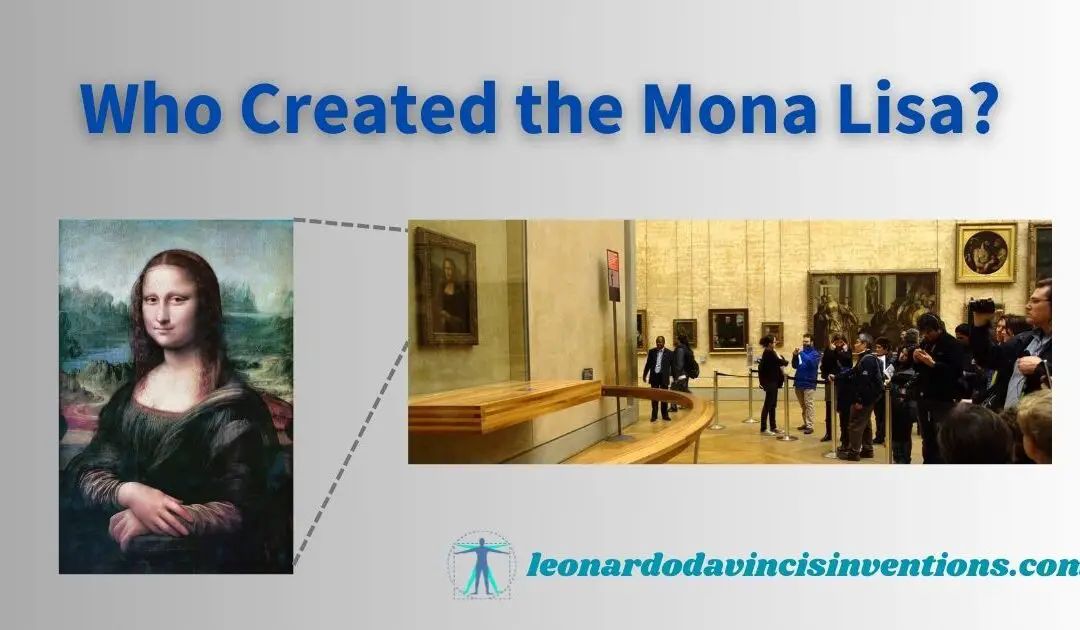
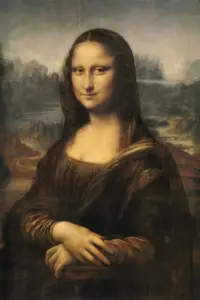
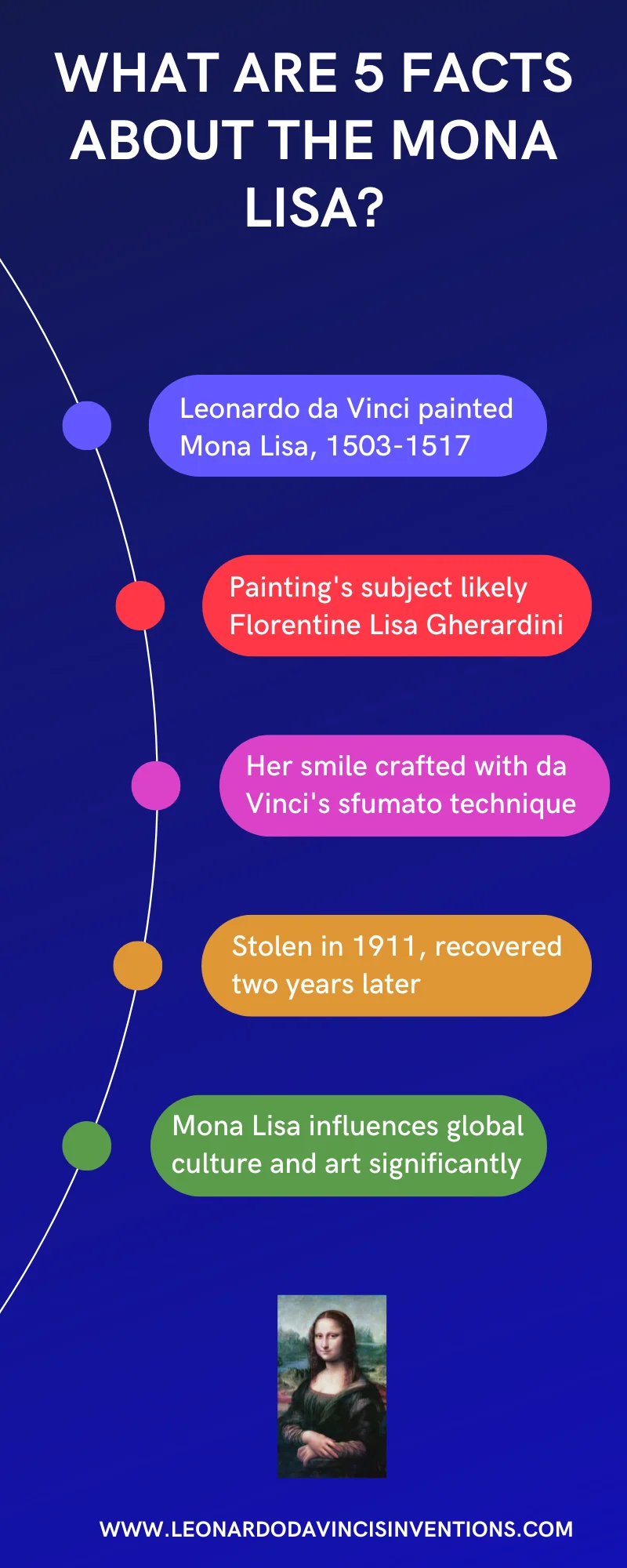
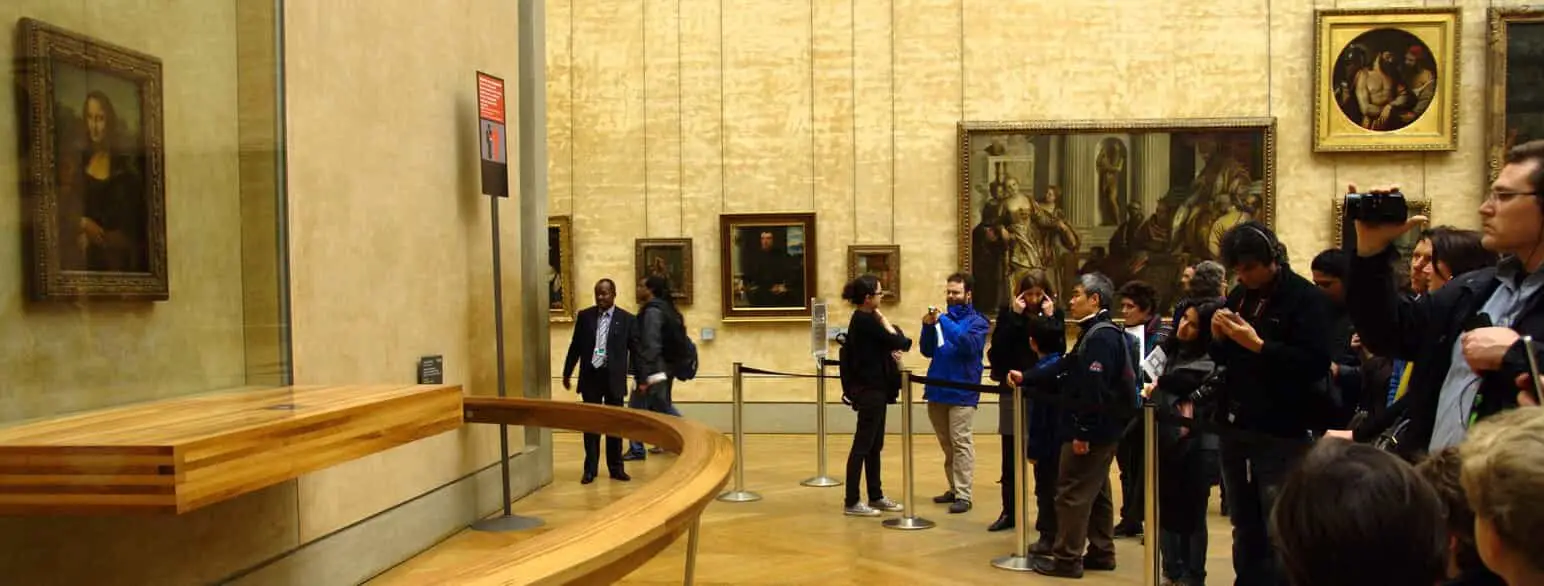
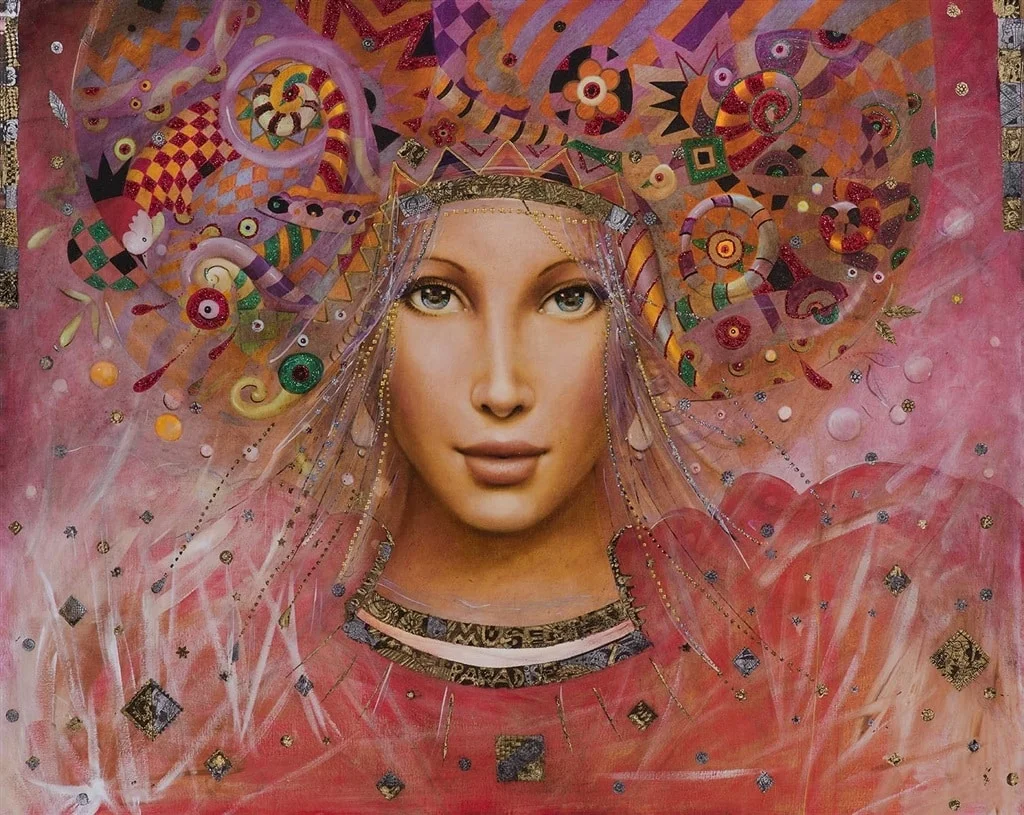
 Leonardo Bianchi,
the creator of Leonardo da Vinci's Inventions.
Thank you for visiting
Leonardo Bianchi,
the creator of Leonardo da Vinci's Inventions.
Thank you for visiting